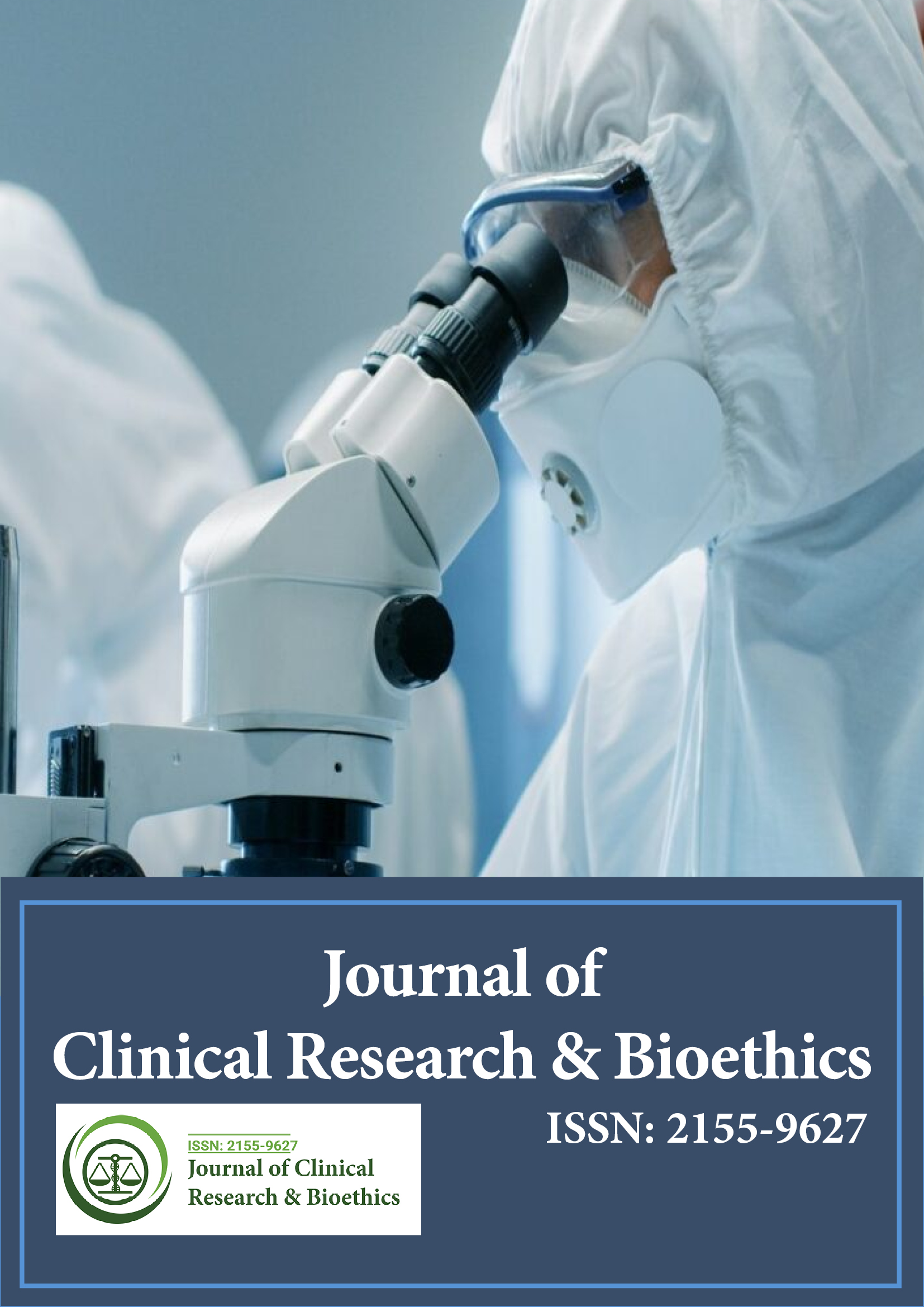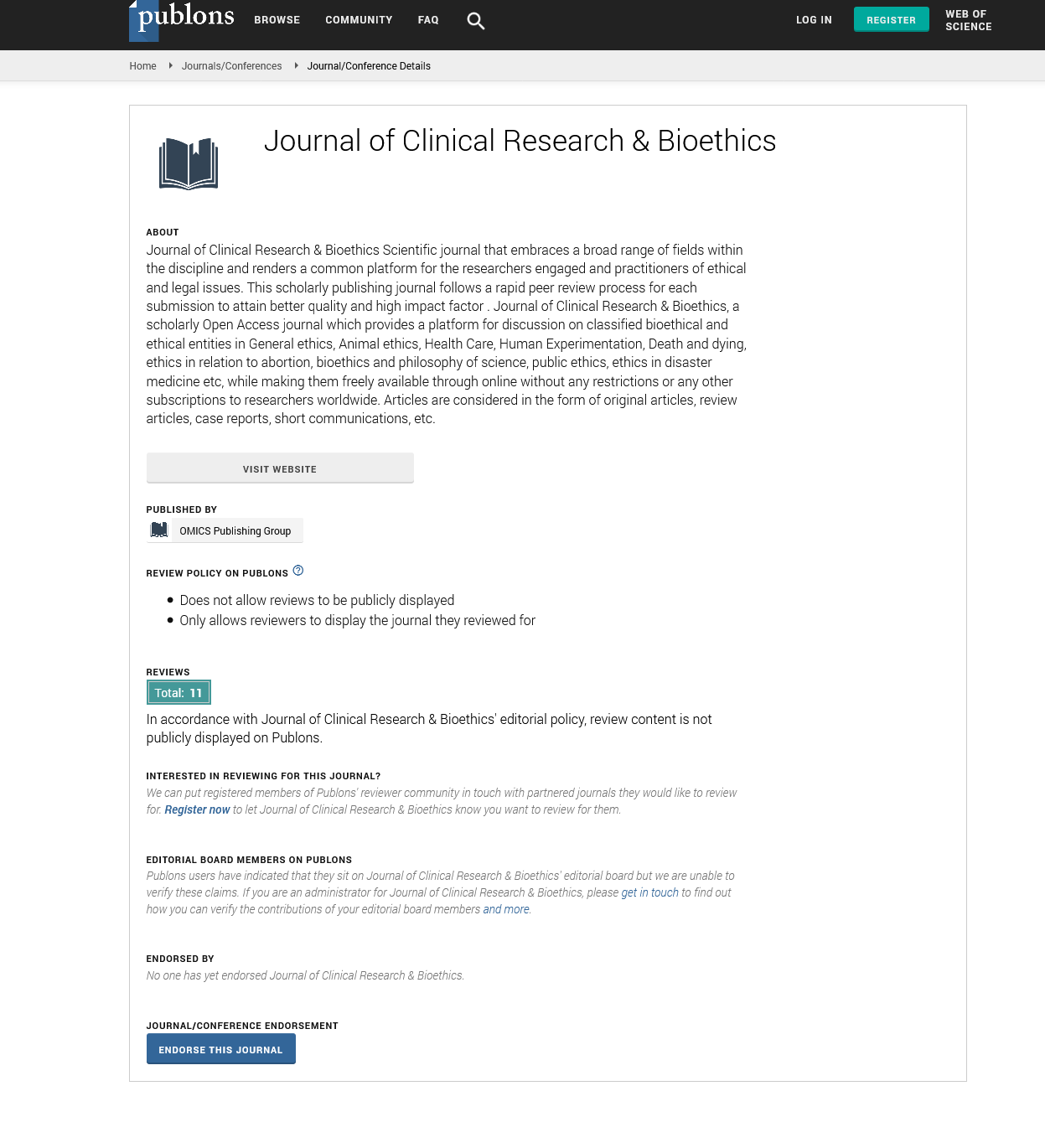Indexed In
- Open J Gate
- Genamics JournalSeek
- JournalTOCs
- RefSeek
- Hamdard University
- EBSCO A-Z
- OCLC- WorldCat
- Publons
- Geneva Foundation for Medical Education and Research
- Google Scholar
Useful Links
Share This Page
Journal Flyer

Open Access Journals
- Agri and Aquaculture
- Biochemistry
- Bioinformatics & Systems Biology
- Business & Management
- Chemistry
- Clinical Sciences
- Engineering
- Food & Nutrition
- General Science
- Genetics & Molecular Biology
- Immunology & Microbiology
- Medical Sciences
- Neuroscience & Psychology
- Nursing & Health Care
- Pharmaceutical Sciences
Commentary - (2022) Volume 13, Issue 7
Drug Prices: Causes and Effects
Richard George Boudreau*Received: 20-Apr-2020, Manuscript No. JCRB-20-003-PreQc-22; Editor assigned: 24-Apr-2020, Pre QC No. JCRB-20-003-PreQc-22(PQ); Reviewed: 15-May-2020, QC No. JCRB-20-003-PreQc-22; Revised: 02-Jun-2022, Manuscript No. JCRB-20-003-PreQc-22(R); Published: 26-Aug-2022, DOI: 10.35248/ 2090-4908.22.11.429
About the Study
The origin of the word “drug,” is likely Arabic, though no one actually knows. What we do know is that the first reference to “drug” appeared in old German as drog, which referred to a type of powder. We know a little more about the etymology of the word “toxicology,” which comes from the Green word, toxikos, literally referred to a bow used for shooting arrows. At the time, and even sooner, early hunters learned the art of spiking darts and arrows with poisons from plants to kill or temporarily maim wild prey hence, toxikos [1].
These days, of course, toxicology is the study of the impact of chemicals on living organisms. Those “chemicals,” in many cases, can be considered the pharmaceuticals fighting living organisms, from cancer cells to dangerous bacteria. Chemotherapy, in a sense, is poison it destroys cancer cells, as well as live cells [2].
Going back to the very early days of “drugs,” many of the first pharmaceuticals were “natural,” in that they came from plants, herbs and shrubs, as well as insects and reptiles. Pharmacologically active substances coming from plants include opium (from the poppy), nicotine (tobacco plants), cannabinoids (cannabis leaves), cardiac glycosides (from the foxglove) and quinine from the cinchona tree. It was not unusual for cave dwellers, and then early agrarian societies to experiment with different plants and insects, in an effort to prevent, or mitigate disease [3]. However, many of those early societies also attributed disease and illness to spiritual reasons, as opposed to changes in body chemistry. It wasn’t really until the age of reason, during which doctors were considered more than individuals who drove out evil spirits, that it was realized that some diseases could be treated without resorting to prayer [4,5]. As such, use of plants and herbs for medicinal properties continued throughout the 17th century, with isolating and characterizing active principles in these plants proving to be a major challenge for chemists at the time. Actually, it wasn’t until the scientific revolution of the 17th century and its spread of rationalism and experimentation -- that the industry, as we know it today, took off.
Price fixing and other problems
Due to more resources committed to research and development, more drugs were introduced, such as those to control hypertension [6]. As such, the 1940s and 1950s were considered decades of intense innovation by the American drug industry. This was also the period of time during which the United States replaced the German pharmaceutical industry as the leading pharmaceutical innovator in the world.
Adding to this was assistance from generous government funding. For instance, the National Institutes of Health saw its federal funding increase to nearly $100 million by 1956, an investment that helped fuel development of new drugs among the growing industry.
Conclusion
Drug price increases did slowdown in the 2000s, mainly attributed to a boost in generics drugs, along with fewer FDA approvals of blockbuster drugs. Then, in 2014, drug prices began spiking again, possibly due to expensive specialty drugs for diseases such as Hepatitis C and cystic fibrosis. Additionally, many of the new drugs are based on recent advances in science, such as completion of the human genome project. Because these are biologics, there is little competition, which means, in turn, that these newer drugs command relatively higher prices. Biologics differ from pharmaceuticals, in that the former is derived from biological methods (which might include living cells, requiring additional testing and clinical trials). Pharmaceuticals, on the other hand, are chemically based drugs.
REFERENCES
- Alghanem N, Abokwidir M, Fleischer Jr AB, Feldman SR, Alghanem W. Variation in cash price of the generic medications most prescribed by dermatologists in pharmacies across the United States. J Dermatolog Treat. 2017;28(2):119-128.
[Crossref] [Google Scholar] [Pubmed]
- Jones AW. Early drug discovery and the rise of pharmaceutical chemistry. Drug Tes Anal. 2011;3(6):337-344.
[Crossref] [Google Scholar] [Pubmed]
- Lyles A. Pharmacy benefit management companies: do they create value in the US healthcare system? Pharmacoeconomics. 2017;35(5):493-500.
[Crossref] [Google Scholar] [Pubmed]
- Sarpatwari A, DiBello J, Zakarian M, Najafzadeh M, Kesselheim AS. Competition and price among brand-name drugs in the same class: a systematic review of the evidence. PLoS Med. 2019;16(7):e1002872.
[Crossref] [Google Scholar] [Pubmed]
- Schultz L, Lowe TJ, Srinivasan A, Neilson D, Pugliese G. Economic impact of redundant antimicrobial therapy in US hospitals. Infect Control Hosp Epidemiol. 2014;35(10):1229-1235.
[Crossref] [Google Scholar] [Pubmed]
- Wouters OJ, Kanavos PG, McKee M. Comparing generic drug markets in Europe and the United States: prices, volumes, and spending. Milbank Q. 2017;95(3):554-601.
[Crossref] [Google Scholar] [Pubmed]
Citation: Boudreau RG (2022) Drug Prices: Causes and Effects. J Clin Res Bioeth.13:429.
Copyright: © 2022 Boudreau RG. This is an open-access article distributed under the terms of the Creative Commons Attribution License, which permits unrestricted use, distribution, and reproduction in any medium, provided the original author and source are credited.

